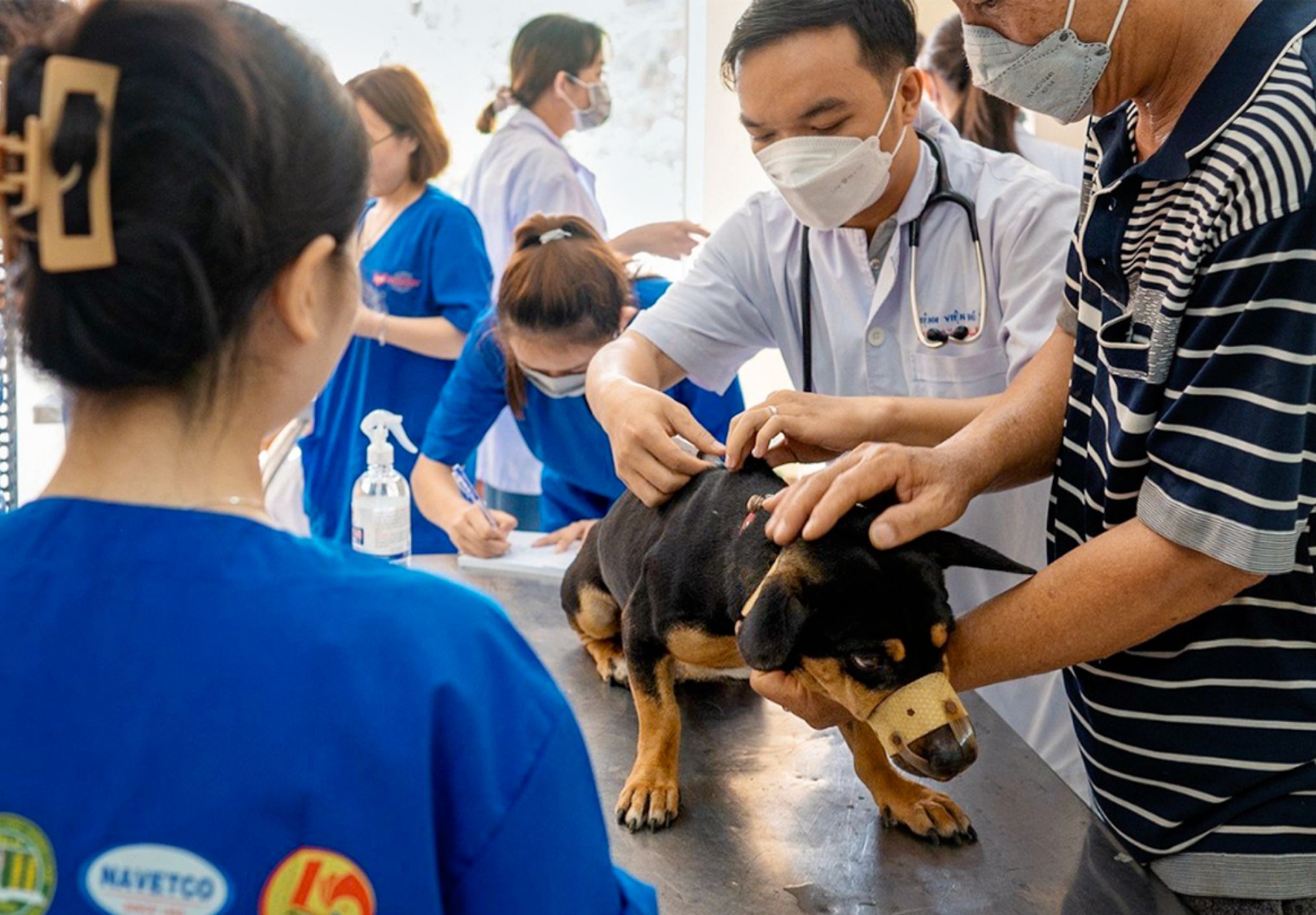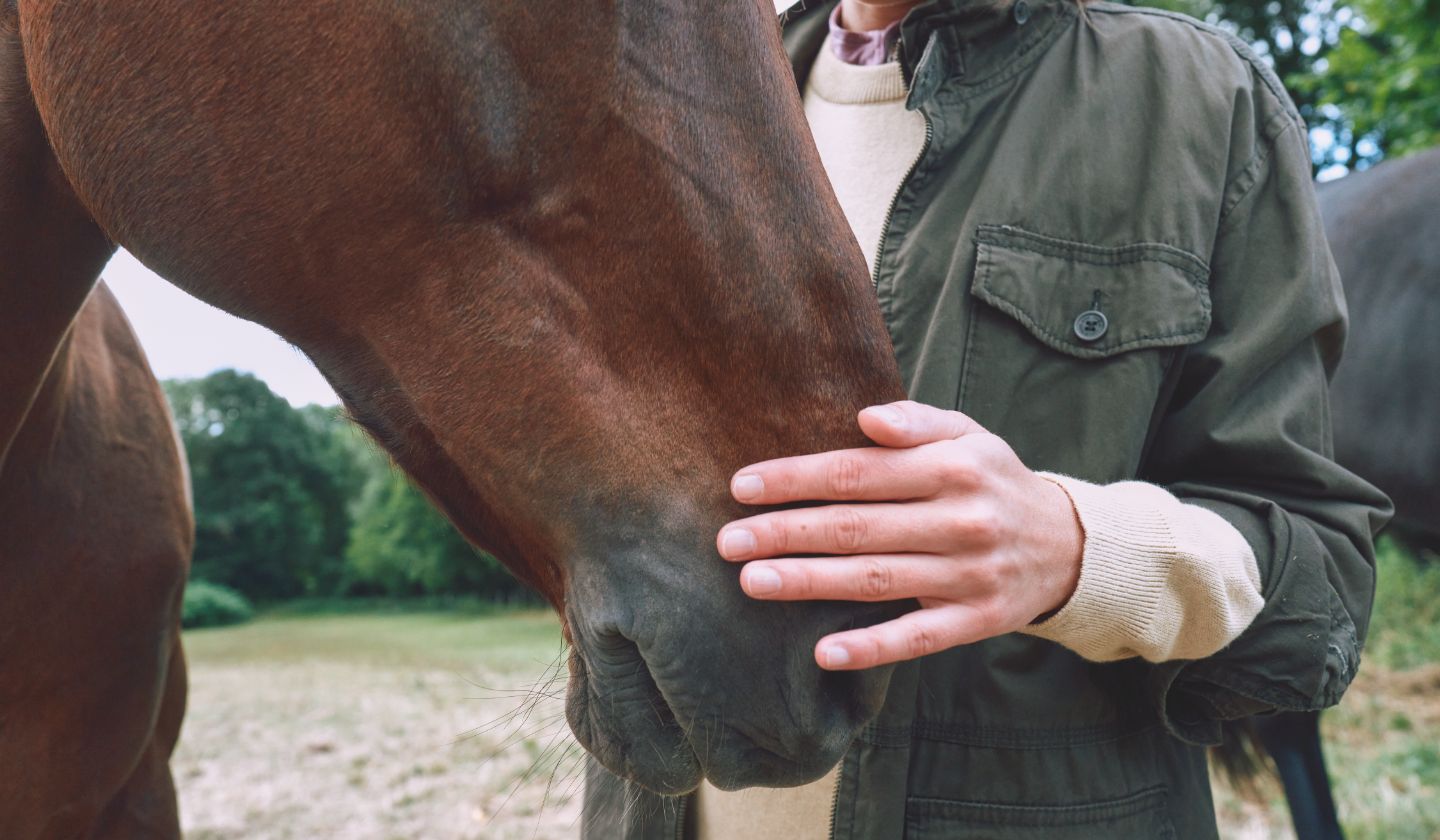- Home
- Our strategy
-
Our stories
-
More Health
- A guide to stop rabies in Southeast Asia
- A platform for chronic patients’ needs in Spain
- Advancing health equity in rural Mexico
- At the heart of health equity in the U.S.
- Better access to healthcare for Indigenous Peoples in Canada
- Coaching patients in Mexico to improve health
- Ecological stoves safeguard family health in Mexico
- How mobile medical clinics tackle health equity Down Under
- Joining forces to fight diabetes in Mexico
- Moving towards a rabies-free world
- Partnering in France for better healthcare solutions
- Soaring to save lives: Tackling health disparities in Africa via drone delivery
- Striking a blow against strokes in Brazil
- Total stroke solutions for China
- Traveling the LastMile in Kenya
- Veterinary care for pets of people experiencing homelessness in the UK
- Winning time with ‘stroke-ready’ hospitals and heroes
- Young and old unite against strokes in Brazil
-
More Potential
- Hope for youth with disabilities in South America
- Making More Health: Engaging with social entrepreneurs for sustainable health solutions
- More women for entrepreneurial health solutions
- Volunteering at Boehringer: Global impact through local engagement
- Why belonging matters – to all of us
- Women in STEM: Passion for science
-
More Green
- Clean Air Champions: Tackling air pollution in UK healthcare
- Looking at supply chain emissions through the magnifying glass
- Making our medicines greener through eco-design
- On the path to decarbonization: How we reduce our emissions
- Promoting production circularity with a powerful partnership in Denmark
- Taking action to reduce plastic waste in Japan
- Waste reduction and sustainable energy in Germany
- Water stewardship: Every drop counts
→ -
More Health
- Our key figures
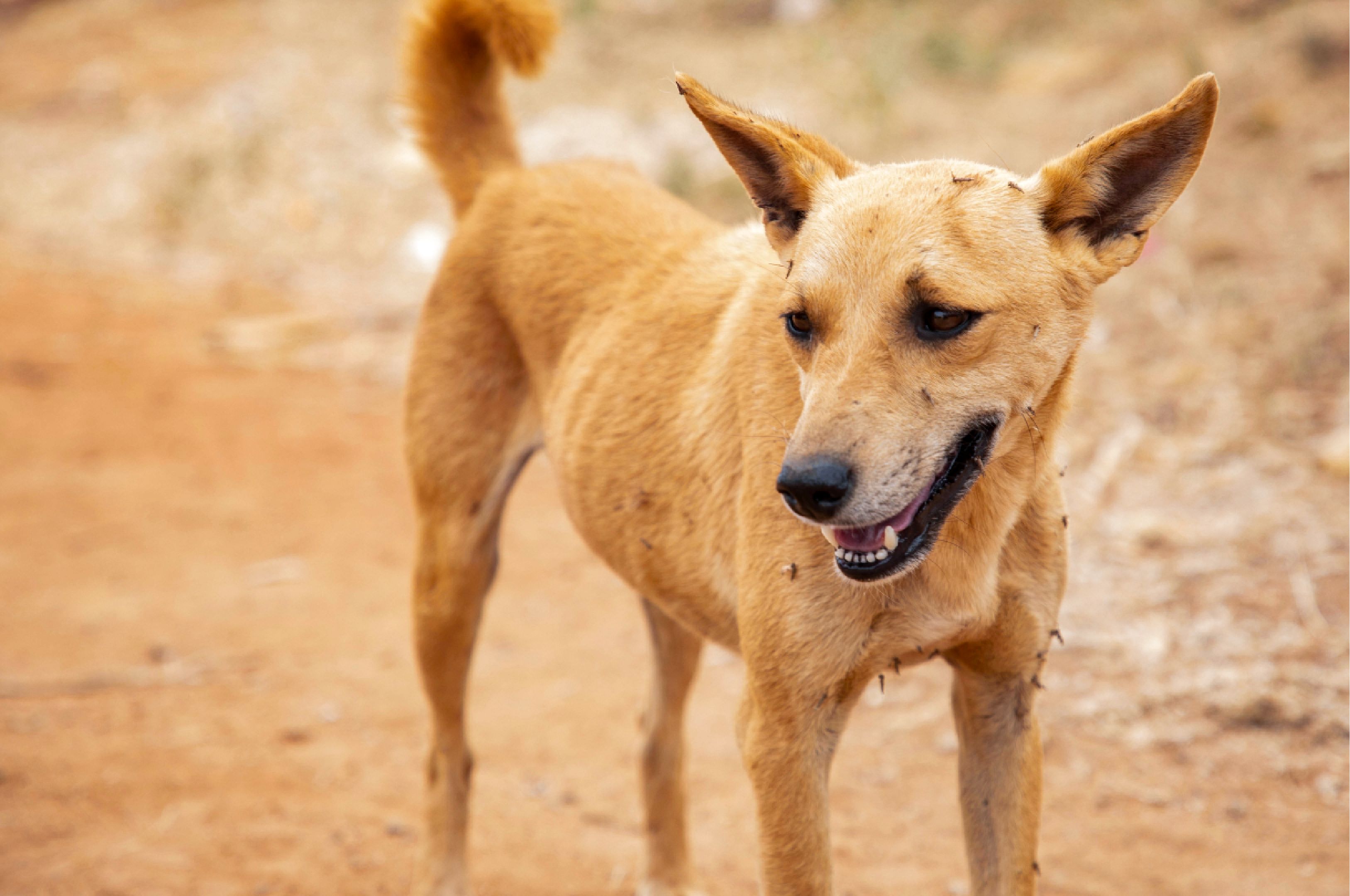

Moving towards a rabies-free world
Rabies still kills thousands of people every year. It is common in more than 150 countries, and 40 percent of victims are children in Asia and Africa1-3. However, rabies is 100 percent vaccine preventable. Controlling rabies and saving lives in at-risk communities, many of which are already marginalized and poor, is a global effort that requires strong collaborations. However, we firmly believe it can be done. Building on more than 30 years of experience in rabies prevention and management, we aim to be a strong contributor to “Zero by 30”, the global goal to eliminate rabies by the year 2030.
Sustainable change through vaccination, education, and monitoring
Our STOP Rabies program has been launched to reinforce our mission to improve the health of both animals and humans worldwide. We believe that, together with health authorities, governments, NGOs, and pet owners, we can achieve sustainable impact by focusing on three pillars: vaccination, education, and rabies monitoring.
To date, through our partnership with the Global Alliance for Rabies Control (GARC), we are vaccinating thousands of dogs across Indonesia, Kenya, Malaysia, the Philippines, South Africa, Thailand, and Vietnam. By 2038, we aim to provide 500 million vaccine doses and educate 15 million people.
Together with Nong Lam University, we also conducted a rabies and dog bite education program for school children. We’re monitoring our progress using GARC surveillance tools.
Vietnam: on track to eliminate human rabies cases by 2025
The Philippines and Malaysia: teaching children about pets and bite prevention
Because many victims of rabies are children, it is critical to teach them about pet care, dog bite prevention, and what to do after a dog bite. So in the Puerto Galera community in the Philippines and the Kota Samarahan District in Malaysia, we focused particularly on educating school children. This complemented our joint dog vaccination campaigns and subsequent monitoring using GARC surveillance tools.
By 2025, we and our partners plan to get the Puerto Galera community declared rabies-free. Because stray dog populations can be problematic and increase the risk of rabies exposure, we flanked Puerta Galera’s vaccination campaign with a sterilization campaign.
Kenya: providing rabies protection for 30,000 dogs
In Kenya, we donated 30,000 doses of rabies vaccine for use in the Vétérinaires Sans Frontières (VSF)–Germany vaccination campaigns in 2023. We further supported the Mara North Conservancy Dog Project by employing a veterinarian and veterinary technician to provide rabies and dog bite education to local school children. In Machakos and Narok counties, we employed GARC surveillance tools to record dog vaccinations and sterilizations, dog bite cases, rabies cases, and rabies education trainings.
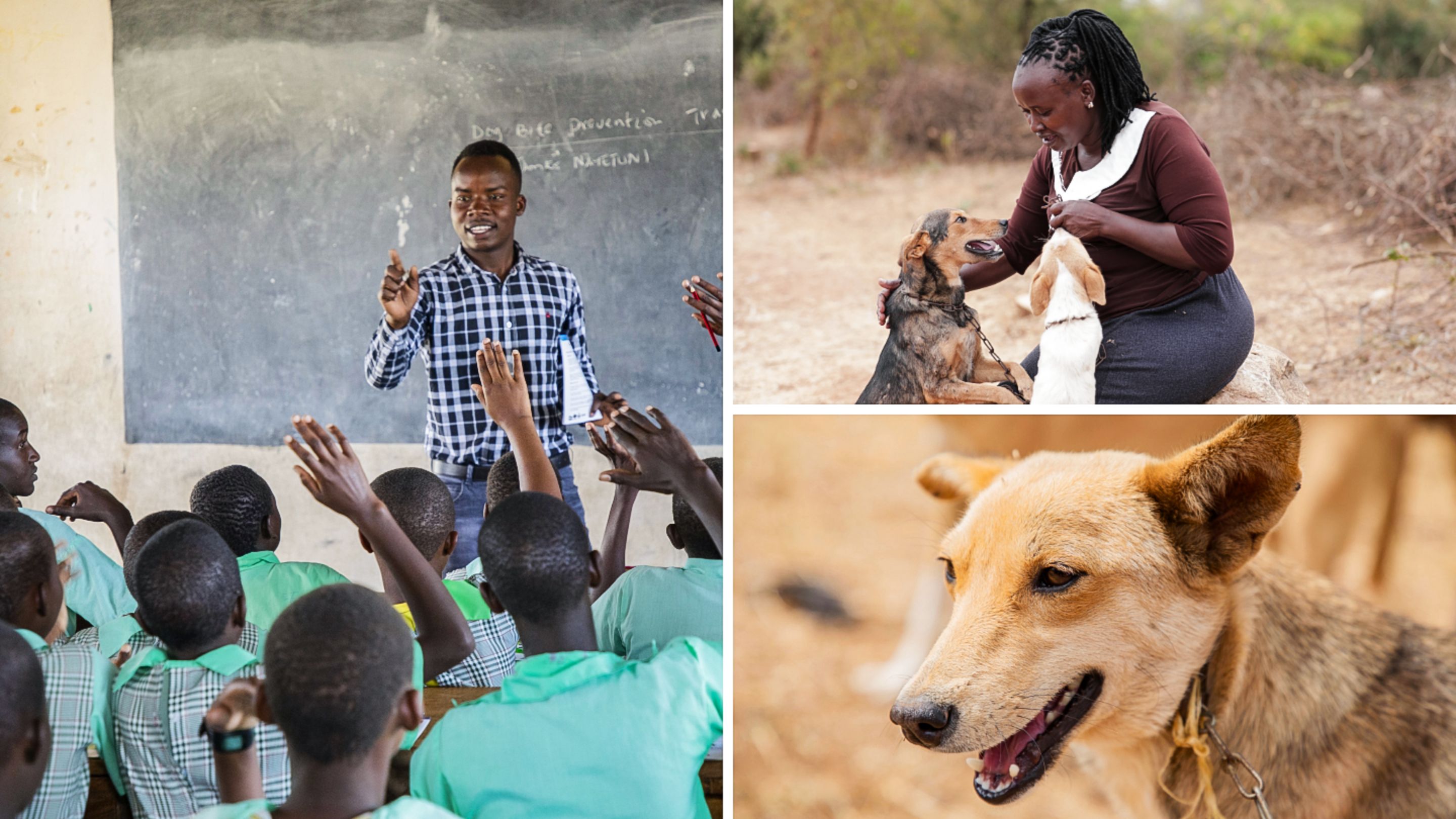
South Africa and Ghana: empowering local communities
In Gqeberha (Port Elizabeth), we supported a rabies vaccination campaign sponsored by the South African Veterinary Association Community Veterinary Clinics, which led to over 25,000 dogs being vaccinated. In another region, we sponsored Khula Outreach’s efforts to train veterinary students on conducting rabies vaccination and animal sterilization campaigns. We further trained these students to use GARC surveillance tools to empower them to take rabies control into their own hands.
In Ghana, we launched a rabies prevention education campaign in 200 schools in the Ashanti and Greater Accra regions. Our partners were the Johns Hopkins University and Ghana Education Service.
Contributing towards a global effort
These are key initiatives we are driving through our STOP Rabies program, and there are more programs we are involved in and lead around the world. Sustained, collaborative efforts can make incredible and meaningful advances towards eliminating rabies, and we at Boehringer Ingelheim want to do our part.
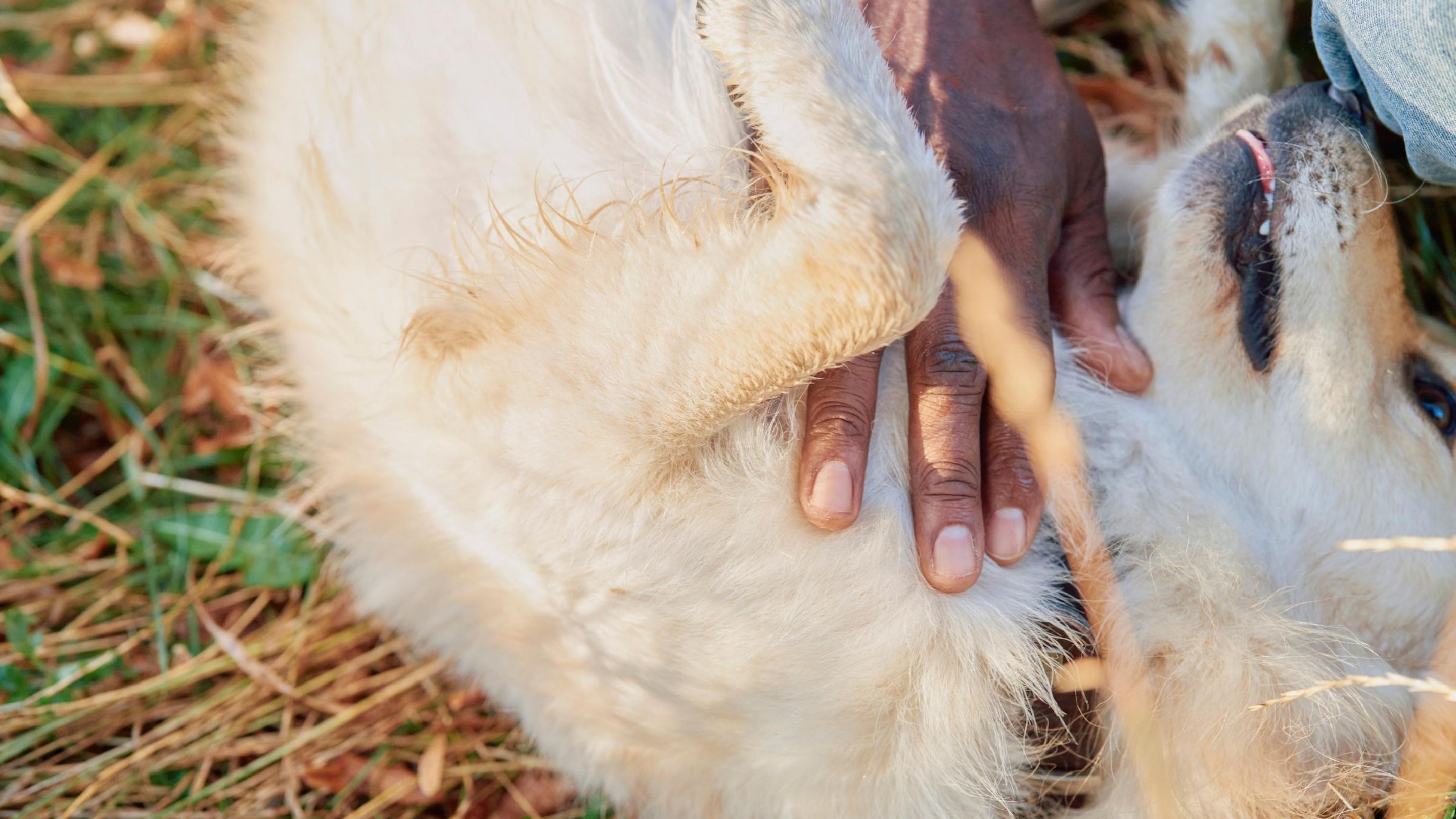
Other contributions towards the fight against rabies
Beyond the STOP Rabies program, Boehringer Ingelheim has also been engaged in other local initiatives which focus on tackling rabies.
One example was a campaign which took place in the Bungoma and Bomet Counties of Western Kenya during the second half of 2023, where anti-rabies vaccines were distributed by drone-delivery. This was achieved through effective multistakeholder collaboration, including local NGOs and innovative social businesses supported by the Making More Health initiative. In total, 8,000 dogs were vaccinated and 10,000 people educated by the end of 2023. Please see here, for more details.
Another example was in India, where Boehringer donated 30,000 doses of the RABISIN® vaccine to support a campaign addressing the threat of rabies in Mumbai. In collaboration with the Pet Practitioners Association of Mumbai (PPAM) and the local government of Mumbai, 30,000 dogs and cats were vaccinated in the region. This campaign aligned with the country’s commitment to eliminate rabies by 2030.
1
World Health Organization (WHO). Rabies Fact Sheet. Available at: https://www.who.int/news-room/fact-sheets/detail/rabies. Last accessed: July 2023.
2
World Health Organization (WHO), Food and Agriculture Organization of the United Nations (FAO) and World Organization for Animal Health (OIE). Zero by 30: the global strategic plan to end human deaths from dog-mediated rabies by 2030. Available at: https://www.who.int/publications/i/item/9789241513838. Last accessed: July 2023.
3
Centers for Disease Control and Prevention. Rabies around the World. Available at: https://www.cdc.gov/rabies/location/world/index.html. Last accessed: July 2023.
